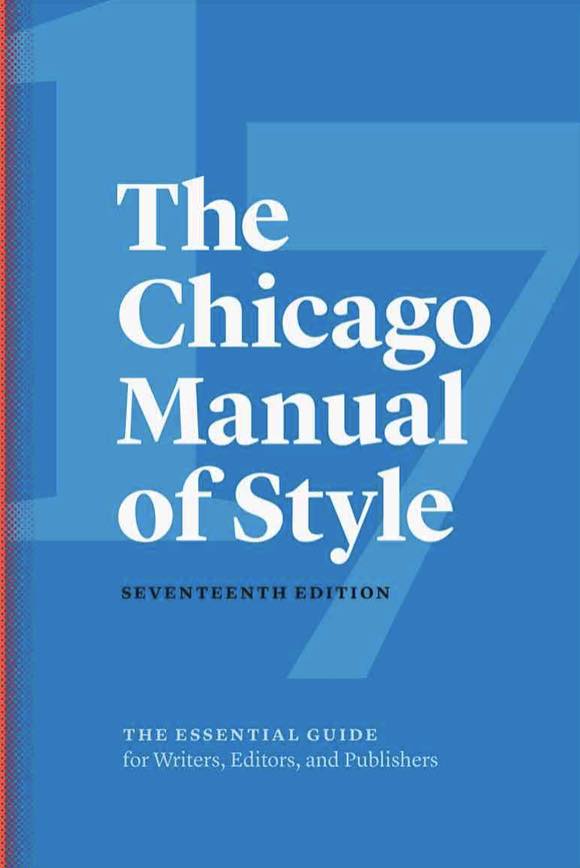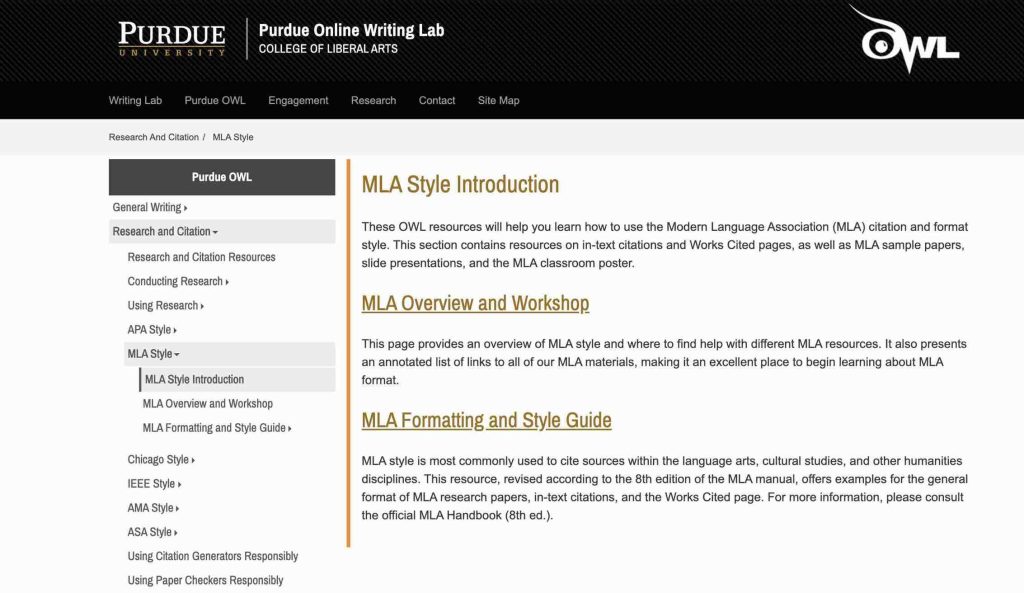5c. Editing + Formatting
When you edit, you take a closer look at your revisions as a reader rather than writer. At this stage in the writing process, try to step back from your ideas and focus just on individual words and sentences. You add or change words. You fix any problems in grammar, punctuation, and sentence structure. You improve your writing style. You make your essay into a polished, mature piece of writing, the end product of your best efforts.
If you have been incorporating feedback and making revisions, you have produced multiple drafts of your writing. So far, all your changes have been content changes. Perhaps with the help of peer feedback, you have made sure that you sufficiently supported your ideas. You have checked for problems with unity and coherence. You have examined your essay for word choice, revising to cut unnecessary words and to replace weak wording with specific and appropriate wording.
The final step after revising the content is editing. When you edit, you examine the surface features of your text. You examine your spelling, grammar, usage, and punctuation. You also make sure you use the proper format when creating your finished assignment.
Plan Time for Editing
Editing takes time. Budgeting time into the writing process allows you to complete additional edits after revising. Editing and proofreading your writing helps you create a finished work that represents your best efforts. Here are a few more tips to remember about your readers:
- Readers do not notice correct spelling, but they do notice misspellings.
- Readers look past your sentences to get to your ideas—unless the sentences are awkward, poorly constructed, and frustrating to read.
- Readers notice when every sentence has the same rhythm as every other sentence, with no variety.
- Readers do not cheer when you use there, their, and they’re correctly, but they notice when you do not.
- Readers will notice the care with which you handled your assignment and your attention to detail in the delivery of an error-free document..
Editors Checklist
Grammar
- Are some sentences actually sentence fragments?
- Are some sentences run-on sentences? How can I correct them?
- Do some sentences need conjunctions between independent clauses?
- Does every verb agree with its subject?
- Is every verb in the correct tense?
- Are tense forms, especially for irregular verbs, written correctly?
- Have I used subject, object, and possessive personal pronouns correctly?
- Have I used who and whom correctly?
- Is the antecedent of every pronoun clear?
- Do all personal pronouns agree with their antecedents?
- Have I used the correct comparative and superlative forms of adjectives and adverbs?
- Is it clear which word a participial phrase modifies, or is it a dangling modifier?
Sentence Structure
- Are all my sentences simple sentences, or do I vary my sentence structure?
- Have I chosen the best coordinating or subordinating conjunctions to join clauses?
- Have I created long, overpacked sentences that should be shortened for clarity?
- Do I see any mistakes in parallel structure?
Punctuation
- Does every sentence end with the correct end punctuation?
- Can I justify the use of every exclamation point?
- Have I used apostrophes correctly to write all singular and plural possessive forms?
- Have I used quotation marks correctly?
Mechanics and Usage
- Can I find any spelling errors? How can I correct them?
- Have I used capital letters where they are needed?
- Have I written abbreviations, where allowed, correctly?
- Can I find any errors in the use of commonly confused words, such as to/too/two?
NOTE: If you’re unsure about some of these issues, a quick internet search should help you find several pages that will guide you in the right direction.
Be careful about relying too much on spelling checkers and grammar checkers. A spelling checker cannot recognize that you meant to write principle but wrote principal instead. A grammar checker often queries constructions that are perfectly correct. The program does not understand your meaning; it makes its check against a general set of formulas that might not apply in each instance. If you use a grammar checker, accept the suggestions that make sense, but consider why the suggestions came up.
Proofreading requires patience; it is very easy to read past a mistake. Set your paper aside for at least a few hours, if not a day or more, so your mind will rest. Some professional proofreaders read a text backward so they can concentrate on spelling and punctuation. Another helpful technique is to slowly read a paper aloud, paying attention to every word, letter, and punctuation mark. If you need additional proofreading help, ask a reliable friend, a classmate, or a peer tutor to make a final pass on your paper to look for anything you missed.
Formatting
Remember to use proper format when creating your finished assignment. Sometimes an instructor, a department, or a college will require students to follow specific instructions on titles, margins, page numbers, or the location of the writer’s name. These requirements may be more detailed and rigid for research projects and term papers, which often adhere to American Psychological Association (APA) or Modern Language Association (MLA) style guides, especially when citations of sources are included.
Citation style guides are updated regularly. The publishing industry and academics use a wide-variety of standardized formatting and citation styles, including MLA, APA, Chicago, Harvard and more. First-year writing instructors typically prefer MLA citation style, however, always check with your instructor for any class regarding their preferred or required citation style. For current information on citation style guides, the following links may be useful:
- The Purdue University Online Writing Lab (OWL): nationally recognized leader in providing a comprehensive, up-to-day citation guide website for students and instructors.
- MLA (Modern Language Association) Style Guide: nationally recognized guide for publication formatting in the humanities.
- APA (American Psychological Association) Style Guide: nationally recognized guide for publication formatting in the sciences and social sciences.
To ensure the format, style, and citations are correct and follow any specific instructions, make a final check before you submit any writing assignment.
5c. Key Takeaways
- During editing, you take a second look at the words and sentences you used to express your ideas and fix any problems in grammar, punctuation, sentence structure, and formatting.
- Budget time for editing and proofreading. Use all available resources, including editing checklists, peer editing, and your institution’s writing lab, to improve your writing.
Dress for Success: Formatting Your Paper


Do you dress differently? Why do you dress differently?
You might dress differently depending on the situation and community.
It’s the same with your writing. You might adopt different writing styles depending on the situation and community. How you format your essay also depends on the situation and community.
MLA vs. APA
As the Yale Poorvu Center for Teaching and Learning explains:
“The first two styles are known as “in-text” citation styles, which means that you give some information about the source directly after the quotation, but leave the rest to a list of References (APA) or Works Cited (MLA) at the end of the paper. (1) MLA style, defined by the Modern Language Association, is most common in the humanities. Because humanities research highlights how one piece of writing influences another, MLA style emphasizes the author’s name and the page in the original text you’re using. This information allows scholars to track down easily the exact sentences you’re analyzing. (2) APA style, defined by the American Psychological Association, is most common in the social sciences. Although the author’s name is an important element in APA citations, this style emphasizes the year the source was published, rather than the page number, which allows a reader to see quickly how the research you’re writing about has evolved over time.”

Another style you may have heard of is Chicago Style, which is used in business fields and for publishing.
Why is formatting your paper to MLA important?
- Cite the sources you use
- Help an interested reader find the sources you reference
- Consistency and continuity: “branding” your paper
- Situates your essay within humanities scholarship and the humanities community
- “Nice suit!” – it’s part of presenting yourself professionally
- Skills you hone: polish, patience, proficiency
Dress for success: Time to format your essay
- Every place you summarize, paraphrase, or quote a specific passage, section, idea, or statistic from a source:
-
- Provide a parenthetical in-text citation
- Ex. “For to survive in the mouth of this dragon we call america, we have had to learn this first and most vital lesson—that we [Black women] were never meant to survive” (Lorde 42).
- Ex. Audre Lorde’s “poems and prose largely deal with issues related to civil rights, feminism, lesbianism, illness and disability, and the exploration of black female identity” (Wikipedia).
- Provide a parenthetical in-text citation
-
- Works Cited page
-
- A new page
-
- A great title for your essay!
-
- Still not sure? Use your essay’s question at issue as the title.
Web Resource: Purdue University’s Online Writing Lab (OWL)
Click on the image to go to the Purdue OWL MLA style guide [new tab].
Web Resource: Writing for Success: Using MLA Style
Images:
- Dressing to hang out with your friends; Freepik
- People Sitting in a Waiting Room by Amtec Photos is licensed CC BY SA 2.0
-


